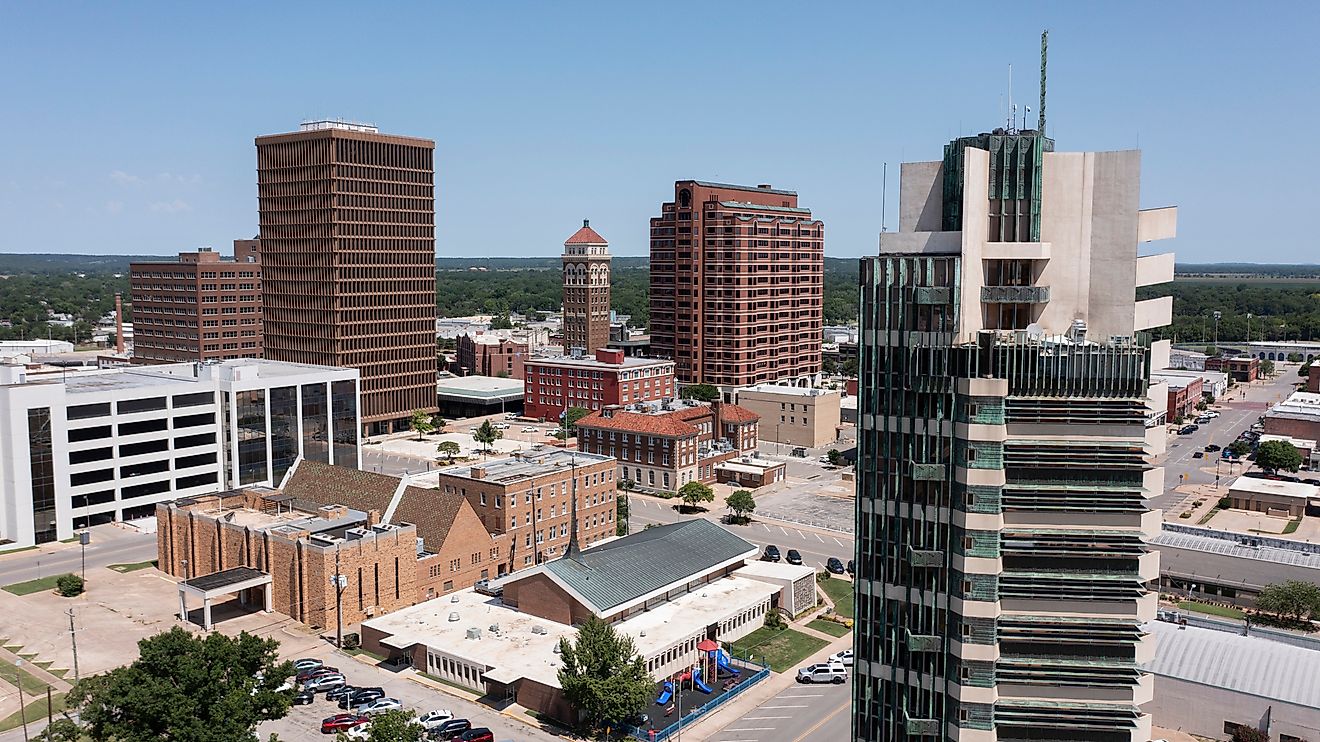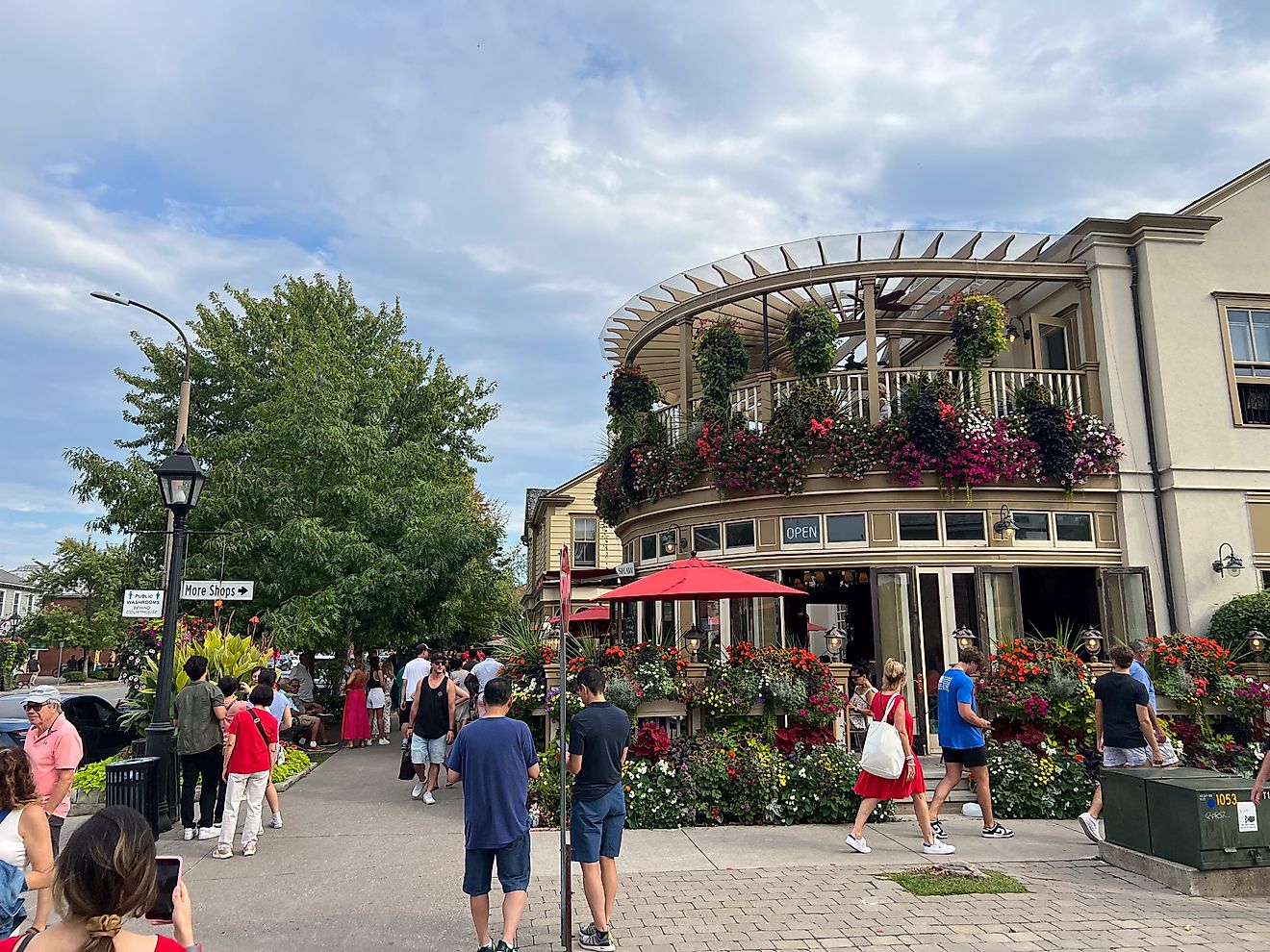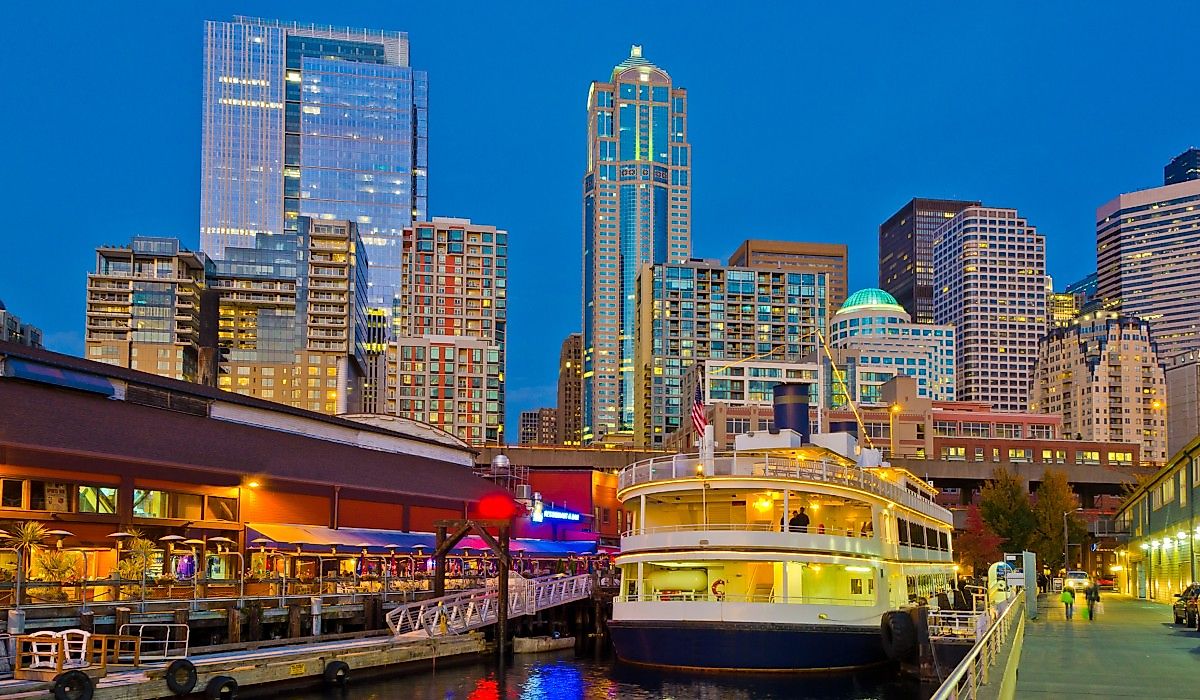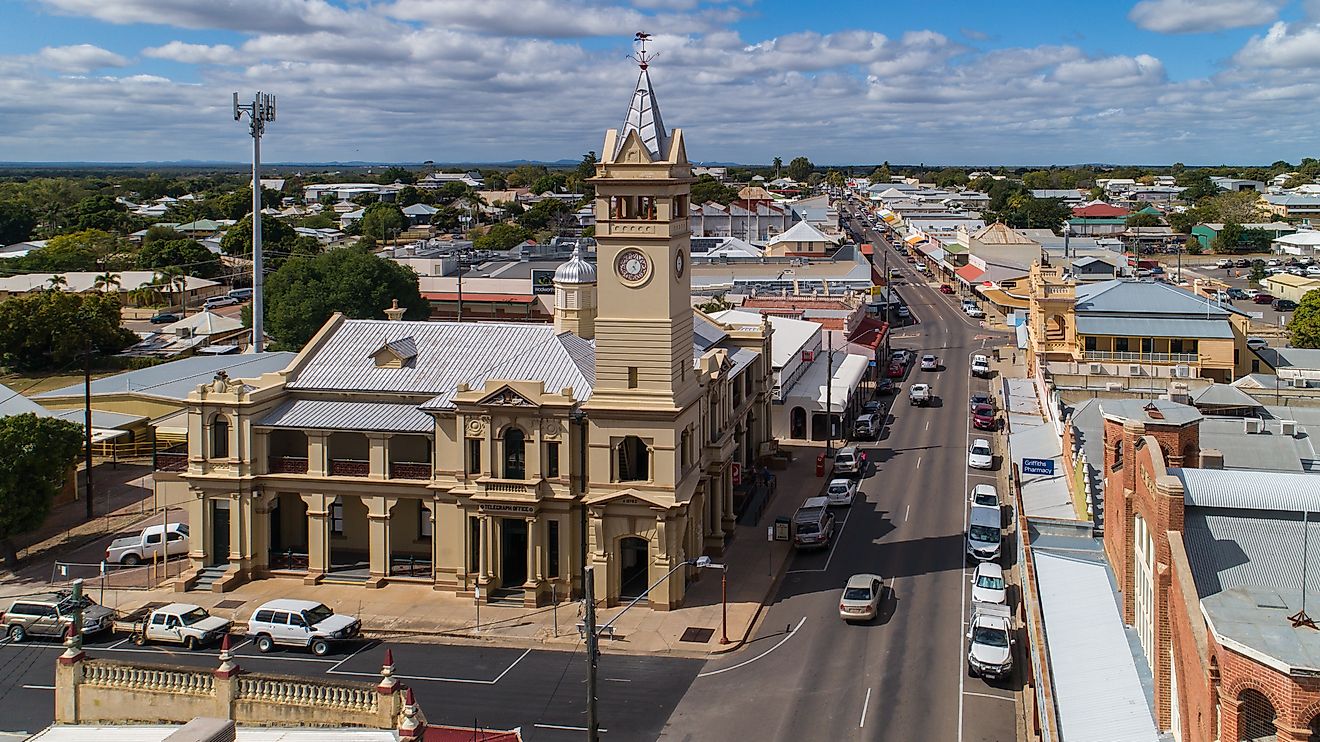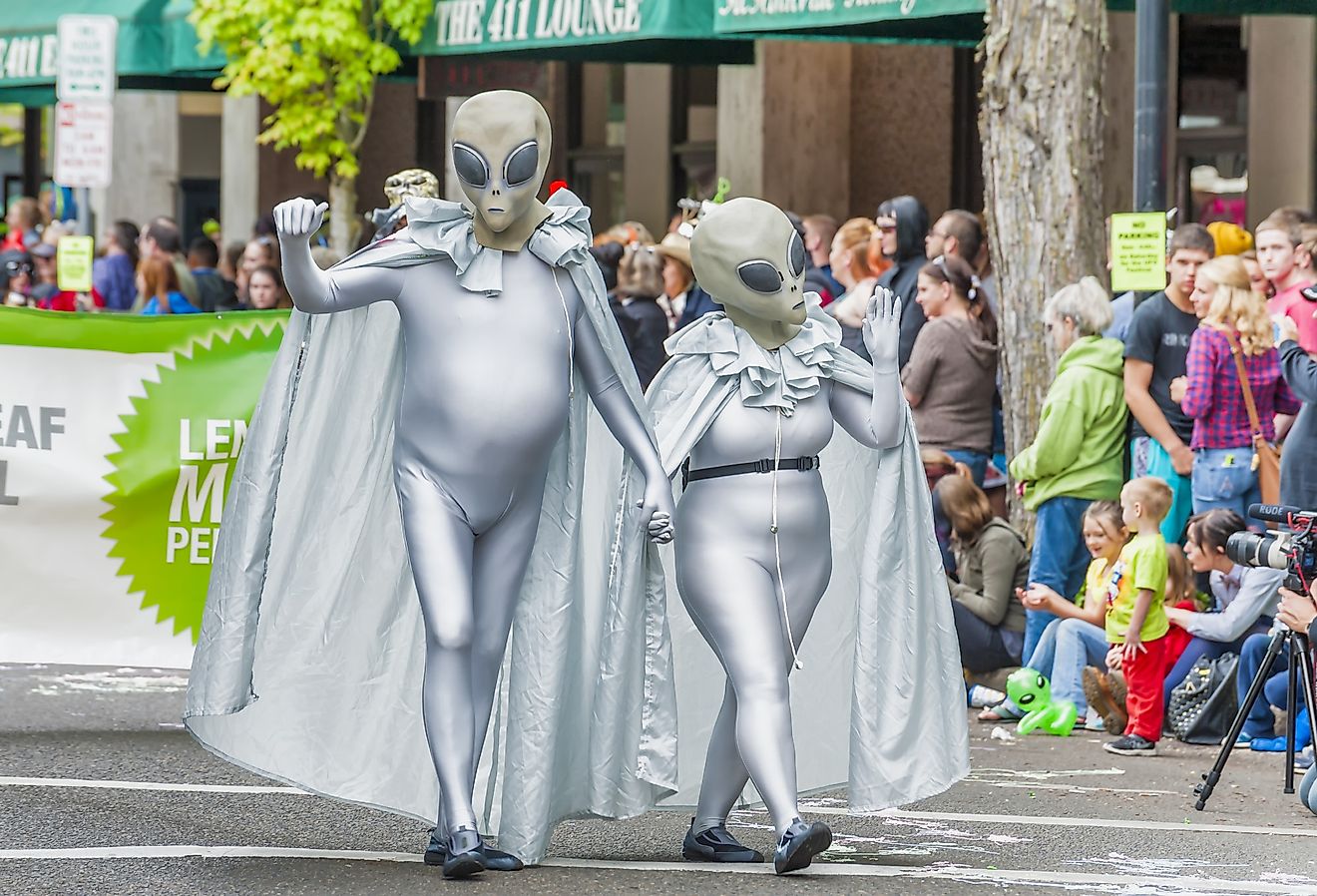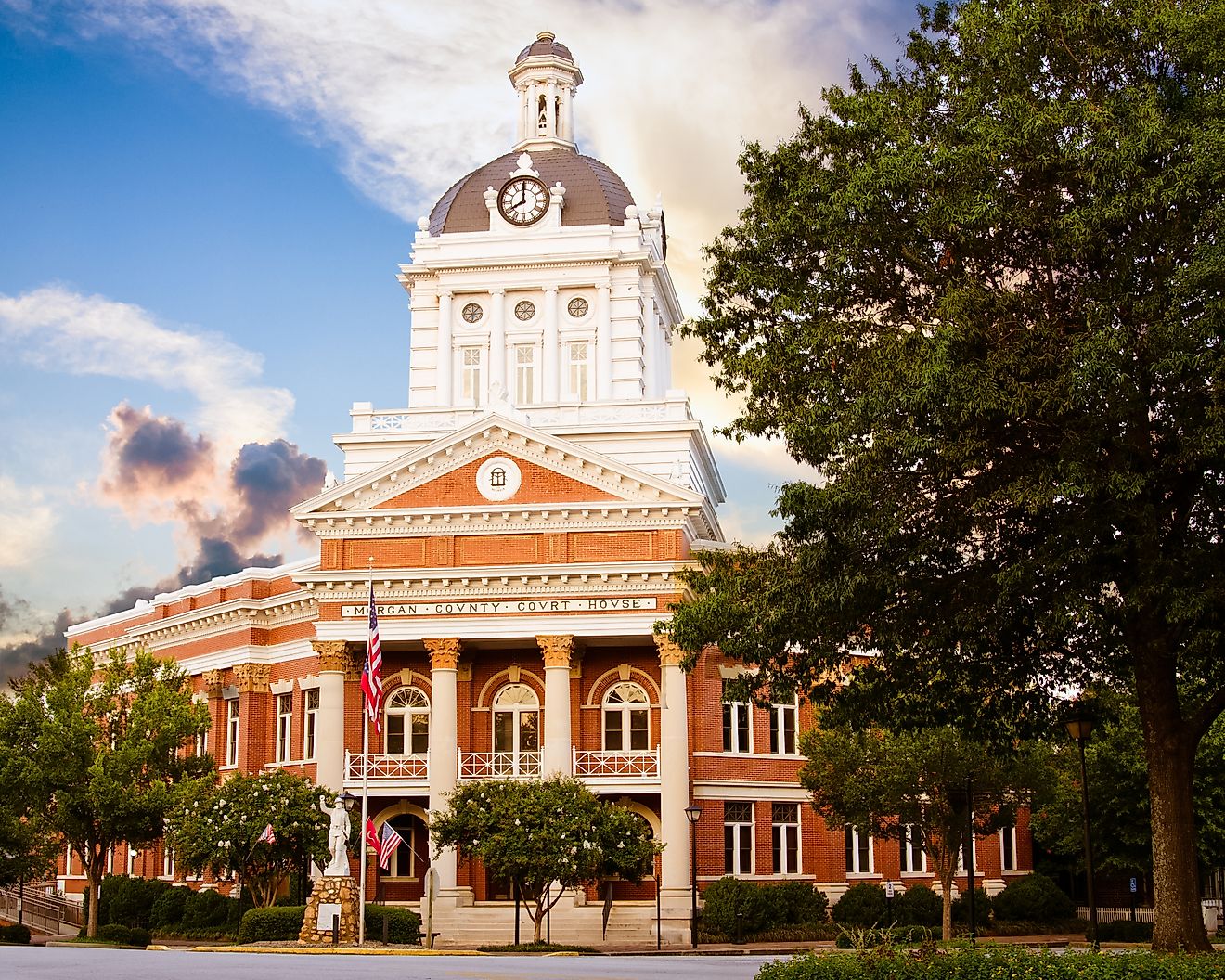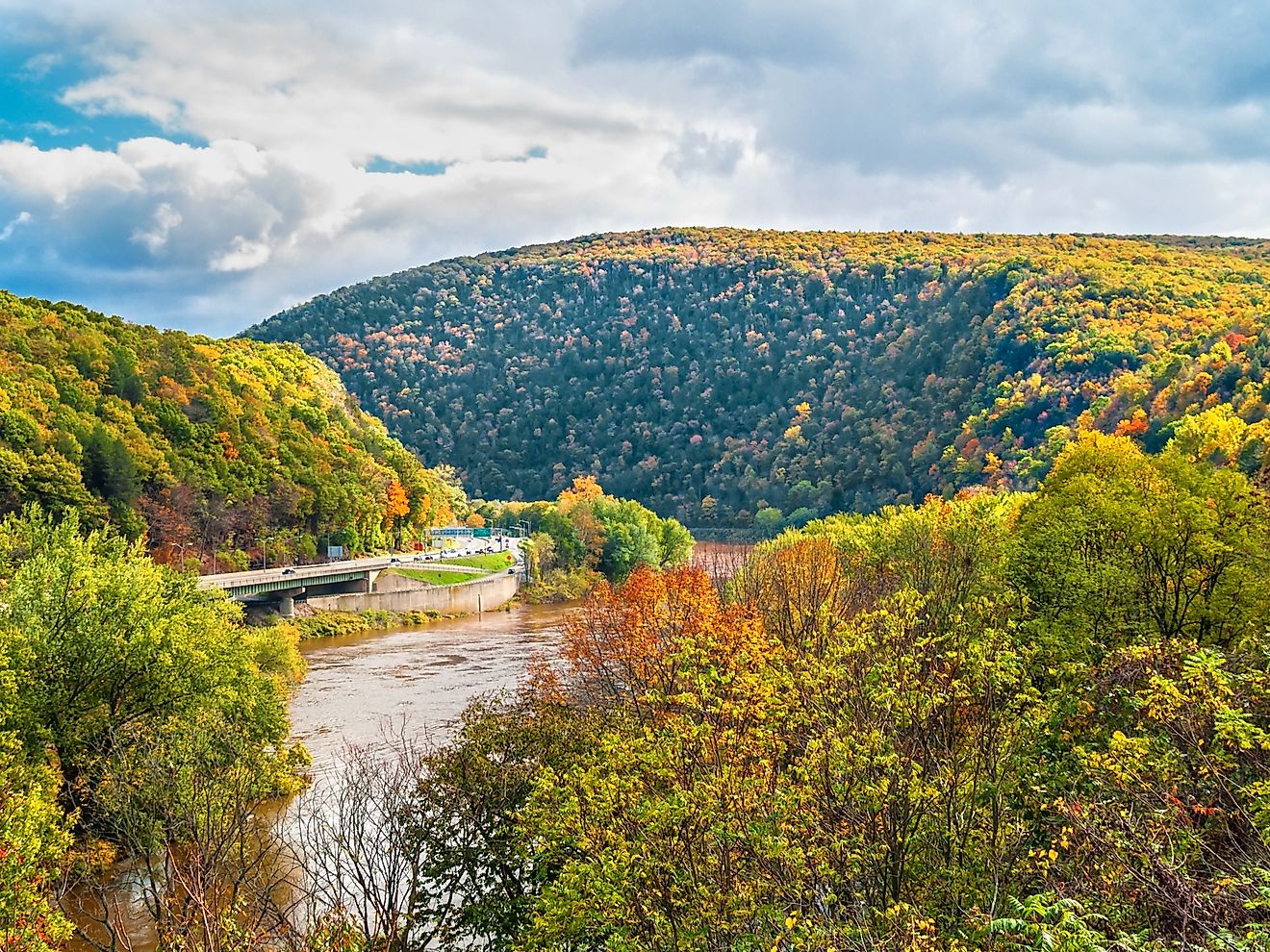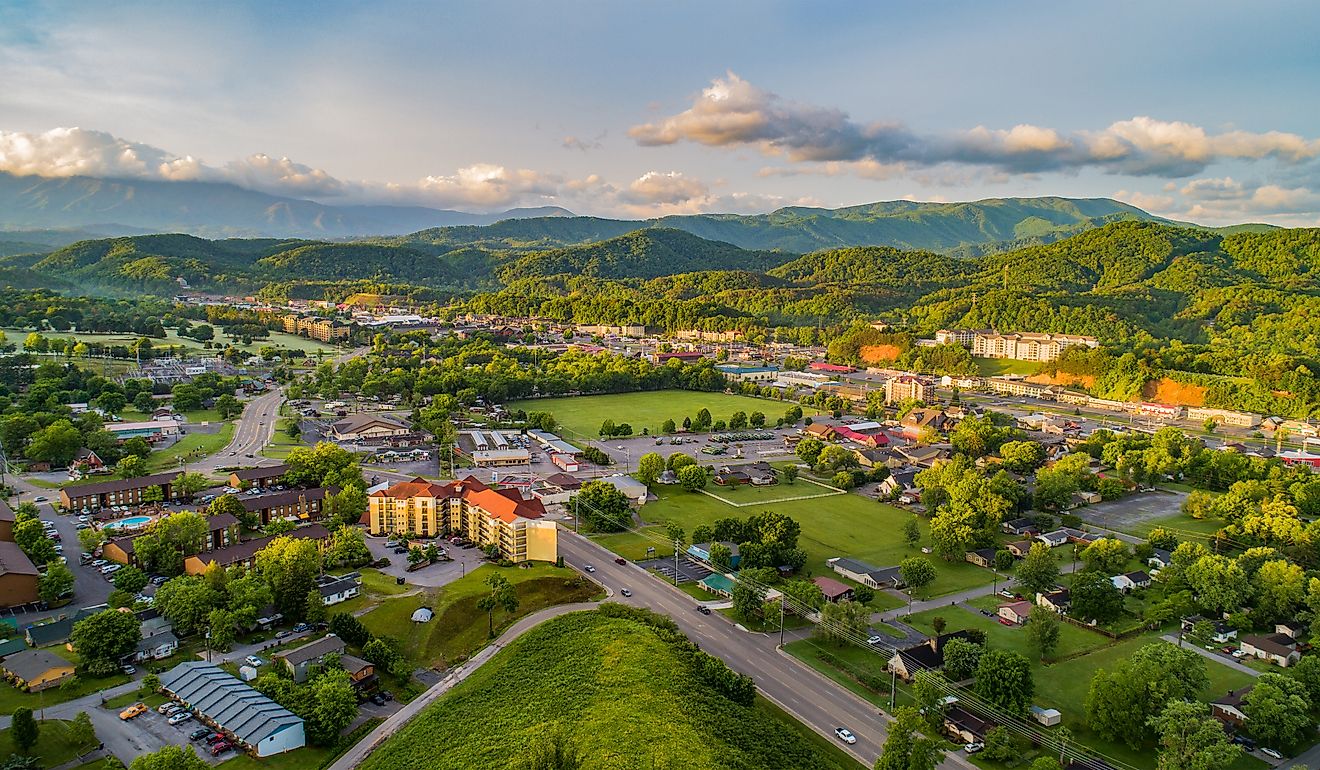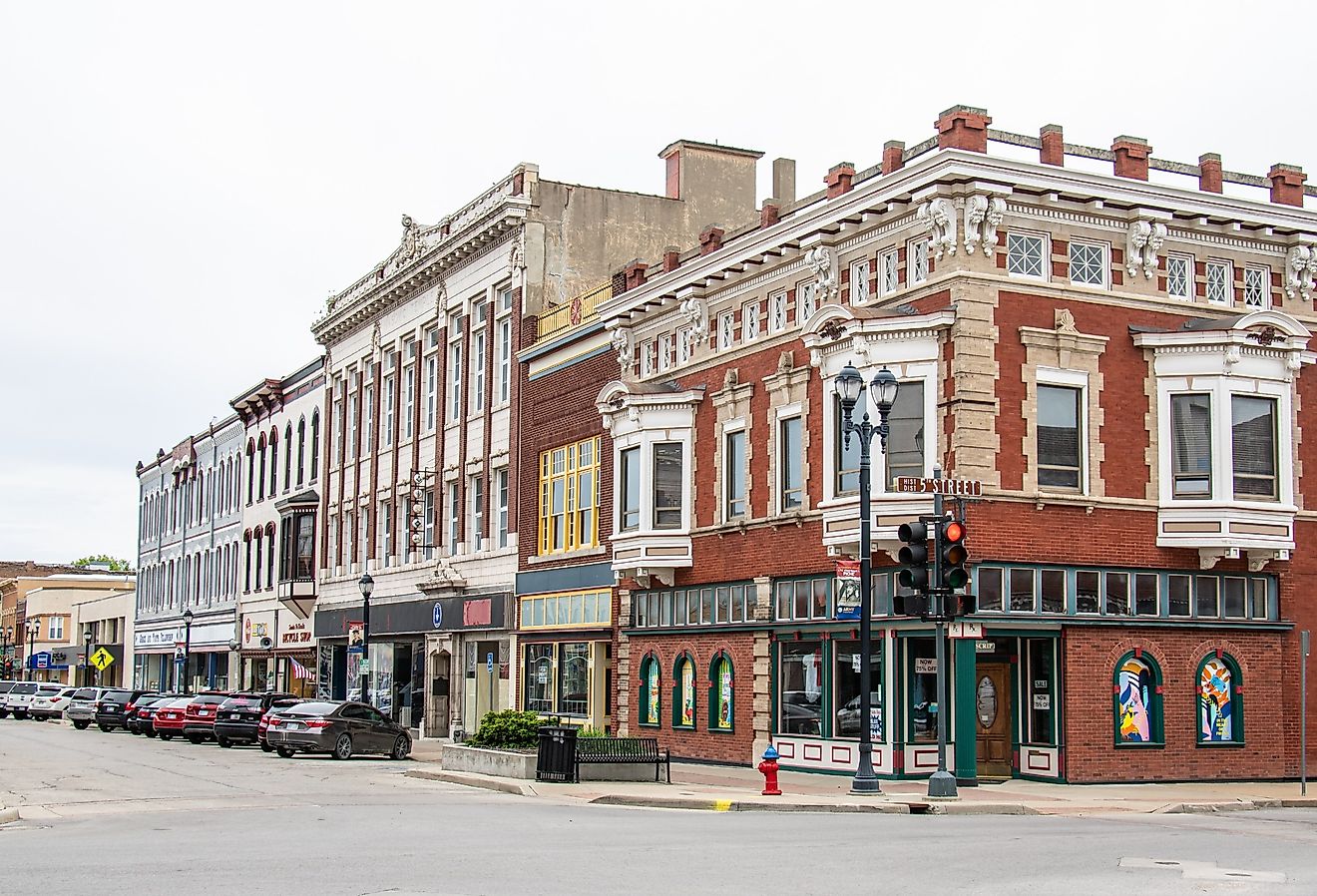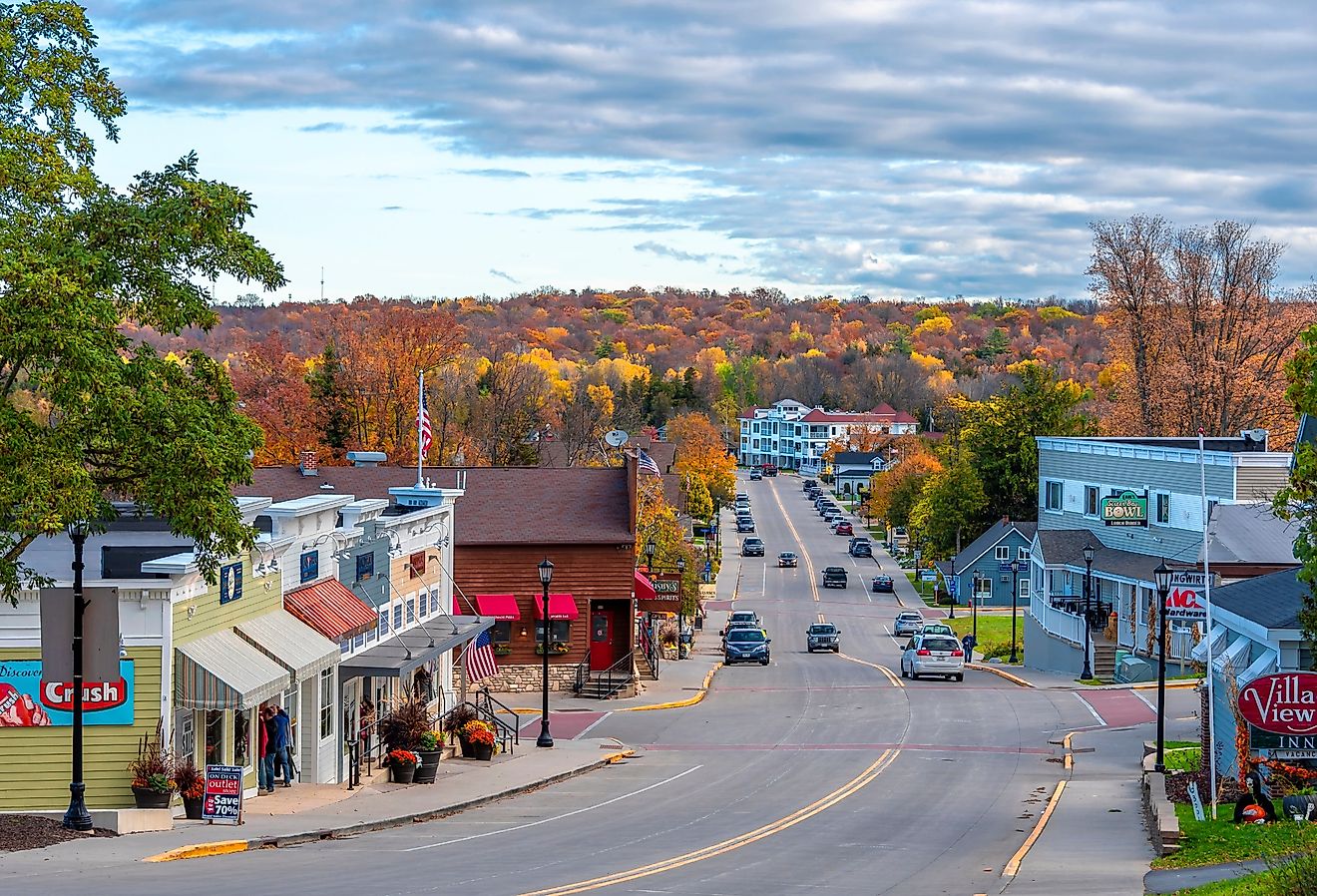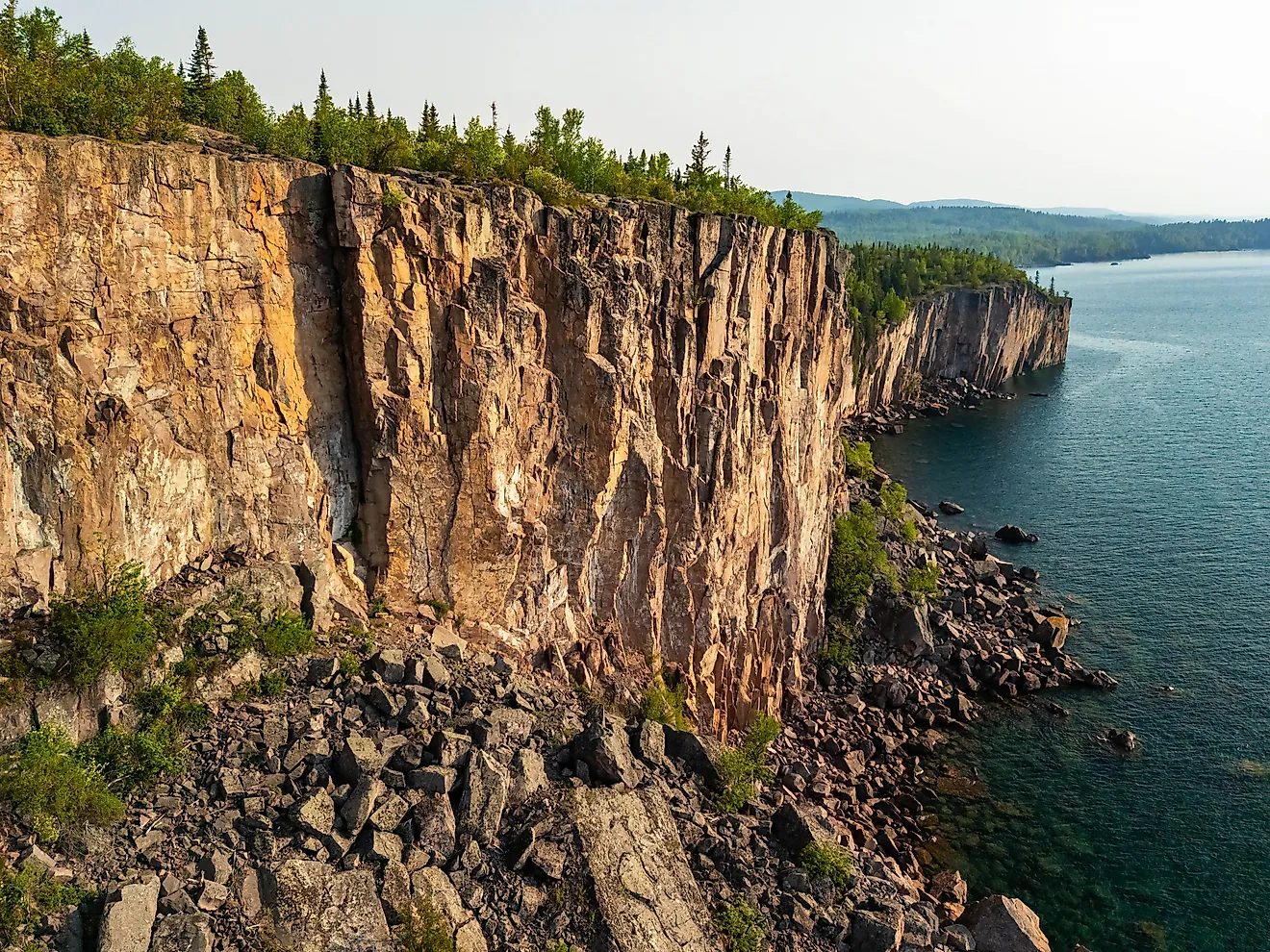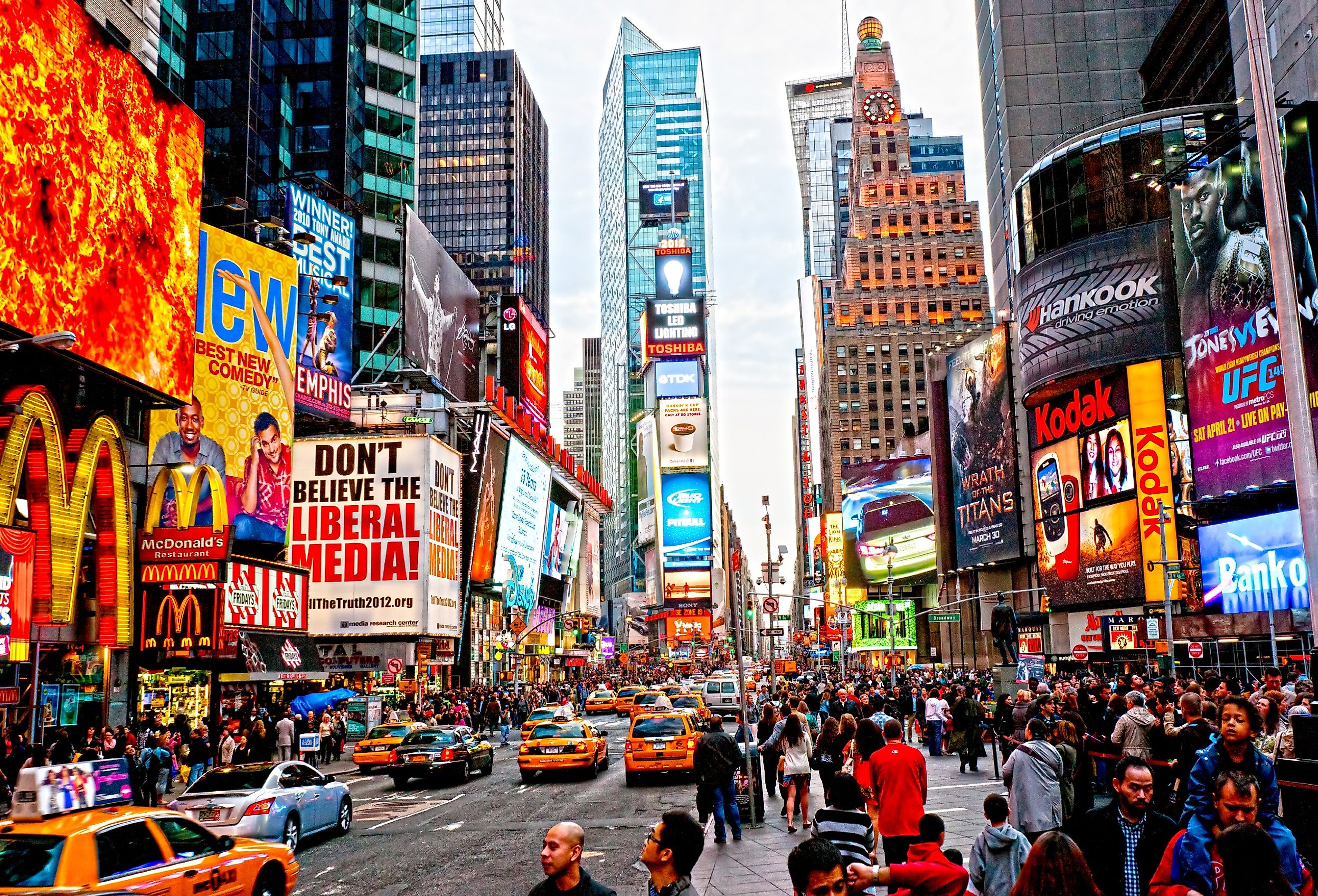
Discover The Largest Cities In New York
With a 2022 population of 19,677,151, a 0.91% decline from 2021, New York is the fourth most populated state after California, Texas, and Florida. Its largest cities are centered around the most populated city, New York City (NYC), and the state capital of Albany, which is the eighth most populous. The megalopolises attract families, students, job seekers, and working professionals, with many affordable places to live in the prominent state, the second most popular to visit.
Get excited to discover these giants across the state, as diverse as they come with historical sites and modern attractions. All multicultural and naturally bountiful, you can explore around the Finger Lakes city of Rochester, access the Niagara Falls from Cheektowaga, or stroll the Niagara River and Lake Erie waterfronts in Buffalo.
10 Largest Cities in New York
- 1. New York City: 8,335,897
- 2. Brookhaven: 488,497
- 3. Islip: 337,922
- 4. Buffalo: 276,486
- 5. Rochester: 209,352
- 6. Yonkers: 208,121
- 7. Syracuse: 144,451
- 8. Albany: 100,826
- 9. Cheektowaga: 88,866
- 10. New Rochelle: 82,288
1. New York City: 8,335,897
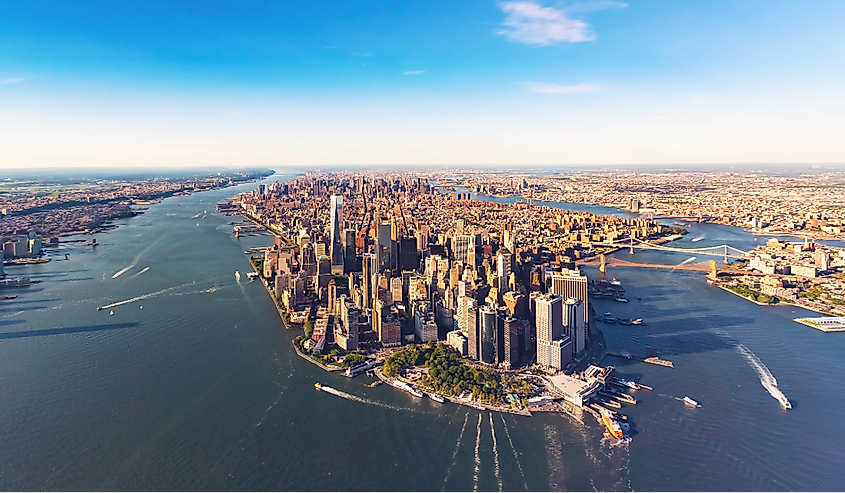
Everyone wants a bite of the Big Apple, one of the world's most influential metropolises and the state's largest city. The international hub of culture, commerce, and entertainment with iconic landmarks welcomes millions each year to experience Times Square, stroll through Central Park, and pay respects to Lady Liberty. The intersection of Broad and Wall Streets overwhelms with historical significance but was only the northern boundary of this early Dutch city. Henry Hudson arrived aboard the Half Moon in September 1609, paving the way for the first Dutch settlers in 1624. The colony of New Netherland had a working relationship with the local Munsee people until 1634, who moved seasonally from the mainland to fish and hunt on the island of Manhattan, "the place of wood for making bows." A canal, once carved down the middle of "Island at the Center of the World,” or New Amsterdam, with roads on both sides, is now one of the widest streets in Lower Manhattan.
The New York Stock Exchange is a reminder of Dutch financial innovations, while the Federal Hall is where George Washington was inaugurated in 1789. Various industries, business centers, and start-ups lend a wealth of opportunities to merge into NYC's fast-paced lane, where large networks grow naturally, and Michelin dining, renowned museums, and an unmatched arts and theater scene fill your time off. Whether sharing $4,140/month for median rent or buying a $737,699 median home, even a tiny living space could be a ticket to a business-class lifestyle. The subway is the local lifeline between neighborhoods, alongside great airports with worldwide departures and dependent rail systems to the nearby towns and neighboring cities, while the desirable boroughs are East Side, Greenwich Village, SoHo, and Battery Park City.
2. Brookhaven: 488,497
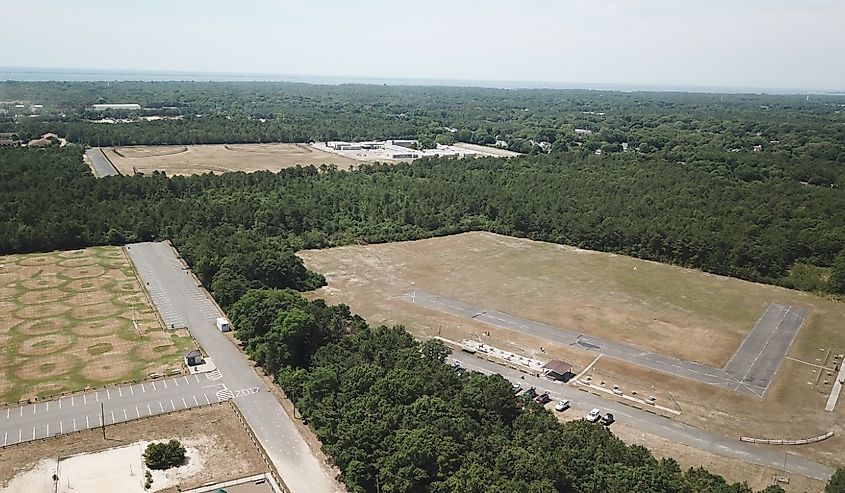
Founded and first settled in 1655, the fifth English town on Long Island is New York’s second-largest city. Brookhaven, an incredibly beautiful mix of suburban and rural, is a patchwork of villages where neighborhoods give way to the picturesque beaches of the Atlantic to the south and the vast Wertheim National Wildlife Refuge in the east. With a thriving economy and charming downtown areas, the city is popular among families and working professionals alike, who enjoy simplicity and a laidback feel amid high-quality amenities and top-rated schools. The geographical location on the water appealed to the first Setauket and Unkechaug tribes and the first Englishmen around 1640. In 1664, the town expanded and integrated into the Province of New York, while the first government in 1686 lent it power and abilities despite staying with fishing and farming.
Experiencing significant growth in the mid-19th century with railroad and shipbuilding ports, Port Jefferson and Patchogue remain the most popular areas. In the late 19th century, urbanized shore communities became successful resort destinations, while new railroads and highways after World War II sparked a population boom with access to NYC. Brookhaven National Lab, with notable inventions like the first PET scan, sits just north of the city. Brookhaven still relies on tourism, while Stony Brook University and Brookhaven National Lab are its two largest employers. The only town that stretches from the north shore to the south shore of Long Island offers a wide range of beautiful nature — a tranquil escape for locals and visitors over hiking, fishing, and boating from the doorstep.
3. Islip: 337,922
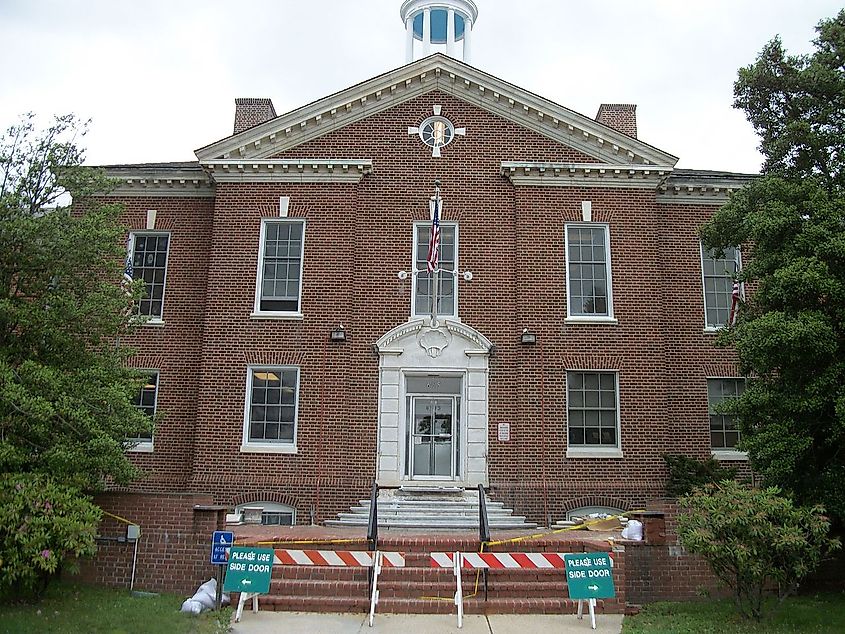
Incorporated in 1683 under English rule, Islip is a thriving municipality rich in history, nature, and the third largest population, with diverse makeup and tourist attractions. Jutting out into the Great South Bay, there is the popular East Islip Marina Park, the scenic Heckscher State Park with a long boardwalk, and the natural Connetquot River State Park Preserve. An enviable place to live for outdoor fans, including athletic fields and hiking trails; there are also several town pools and recreation centers. With acres of beautiful nature and water views, the beaches include Atlantique Bay Beach, Fire Island, Bayport Beach, and Bayport Islip Beach. The nearby Long Island Maritime Museum on West Avenue in West Sayville displays nautical artifacts and celebrates local and national maritime history with special events.
The Town of Islip is also home to a major airport, a historic lighthouse, and several business parks, making it a great place to live, work, and play! Once inhabited by the Algonquin and Secatogue Indians, William Nicoll purchased the land in 1683 from Chief Winnequaheagh of Connetquot, naming his plantation Islip Grange after his hometown in England. You can visit part of this original land at Heckscher State Park. The town expanded with the Long Island Railroad in 1844, transforming from farming to fishing and tourism through the 20th century. Today, its seafront and marinas offer a laid-back coastal lifestyle, complete with fishing and boating at your fingertips. Encompassing several hamlets and villages on the south shore of Long Island, the relaxed atmosphere with dining options, shopping centers, and community events is exciting to discover!
4. Buffalo: 276,486
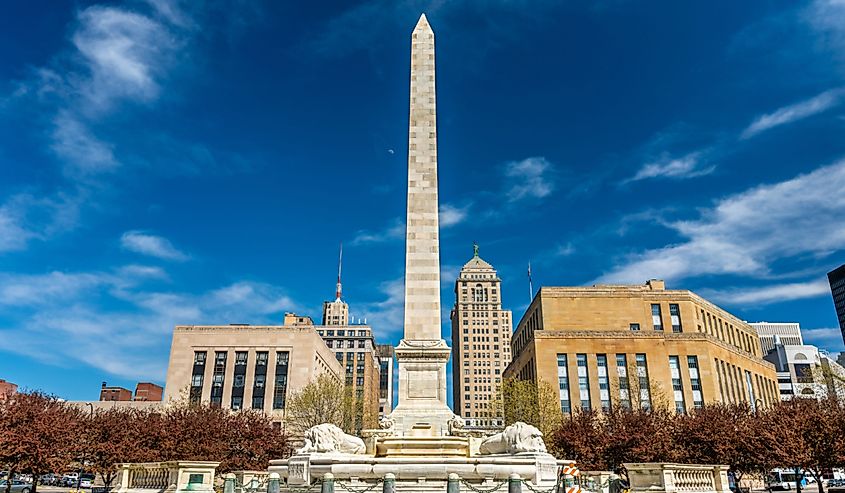
One of the more inexpensive cities to live in the Empire State, Buffalo, has everything you desire and more on a getaway to discover a new city on the Niagara River. Only slightly tamer than the buzzing NY scene, the fourth-largest city has countryside vibes and beautiful recreational spaces that surprise visitors in an industrious hub of such parameters. Its beautiful waterfront, resplendent for strolls along the lengthy riverside, is a jumping point for leisure and activities. From kayaking and fishing to scenic picnics along the Lake Erie banks, Niagara Falls is only 40 minutes away.
Historic charm and culture abound in Buffalo's stunning institutions like museums, galleries, and historic sites that will keep you prowling. The Albright-Knox Art Gallery, Shea's Performing Arts Center, and Buffalo Philharmonic Orchestra offer day-to-night entertainment. For just $194,109 to buy or rent at $1,146 per month, and desirable neighborhoods like Elmwood Village, Allentown, and Downtown, Buffalo is move-in ready!
5. Rochester: 209,352
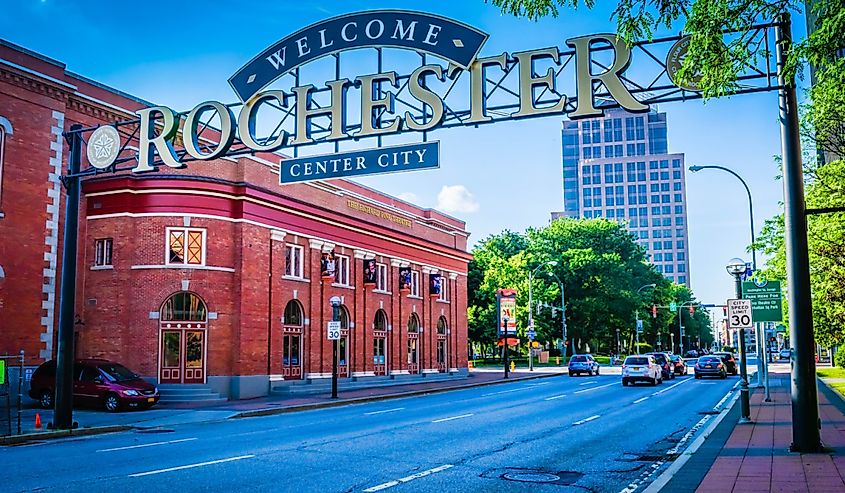
This historic city of Rochester on the Genesee River in the Finger Lakes region offers a family-friendly atmosphere with memorable ways to dive into its boundless nature, deep heritage, and rich culture. Rochester is home to world-class museums like the Rochester Contemporary Art Center (RoCo) and the Rochester Museum & Science Center (RMSC), as well as the Geva Theatre Center for fine art performances.
Quieter and more residential than NYC or Buffalo, Rochester surprises newcomers as a tight-knit community, frequently called a friendly big city with the vibes of a small town. With interesting events throughout the year and around 60 golf courses in the area, it is also only 30 minutes to Conesus Lake and 45 to Hemlock Lake and Canadice Lake nature trails. The city balances work and play opportunities with the best recreation at your fingertips for only $198,158 median house price or $1,169 median rent per month, and neighborhoods like Cobbs Hill, Park Avenue, Highland Park, and Southwedge.
6. Yonkers: 208,121
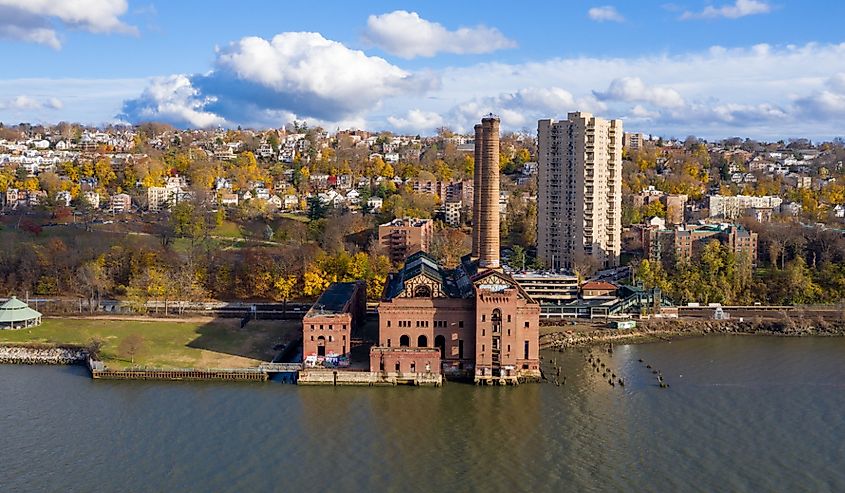
Only marginally smaller than Rochester, this bustling city in Westchester County is a fine blend of urban and suburban living. Yonkers, America's "City of Seven Hills," namely Park, Nodine, Ridge, Cross, Locust, Glen, and Church Hills, is everything but a concrete jungle. With a unique and busy downtown and characterful residential areas, many boast access to iconic parks and scenic Hudson River views. Untermyer Park and Gardens and the Hudson River Museum reveal the city's heritage and modern lifestyle. The favorite local places to mingle are the Yonkers Arts District and the historic Philipse Manor Hall, which are culturally insightful.
Just across New Jersey on the Hudson River, Yonkers is minutes from Long Island Sound, the Atlantic coastline, and Manhattan, just a short train ride away. Replete with greenspaces, Sprain Ridge and Tibbetts Brook recreational parks in the city and Van Cortlandt Park just south offer easy access to nature for strolls, hiking, and camping with foothill views. Boasting diverse heritage and multicultural makeup, you can explore ethnic restaurants, shops, and neighborhoods like the desirable Easthill, Scarsdale, Woodcliff Lake, and North Hills. Not a sleepy town with relatively high prices, the median buying value of $624,000 and $2,149 per month to rent will get you living close to NYC boroughs.
7. Syracuse: 144,451
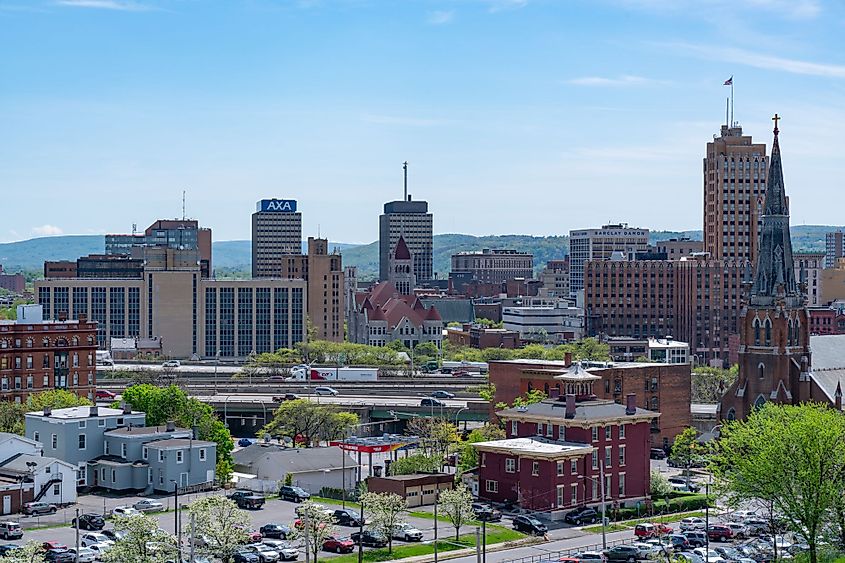
Syracuse is a bustling hub with many educational institutions not far from Lake Ontario, midway between Albany and Buffalo. Established as the county seat of Onondaga County in 1827, this underrated city in central New York appeals with a youthful vibe and attractions that keep the studious busy away from the books. The diverse educational opportunities include Syracuse University, the State University of New York (SUNY), the SUNY College of Environmental Science & Forestry, and Le Moyne College. First occupied by the Onondaga Indians and the Iroquois Confederacy headquarters, Samuel de Champlain and Pierre Esprit explored the area in the 1600s. Noted for its brine springs in 1654, with a mission and Fort Sainte Marie de Gannentaha established nearby in 1655–56, it was a premature settlement due to Indian hostility and the area's swamps that spread summer fevers.
In 1786, the post between Onondaga Creek and Lake Onondaga grew in 1788 with Asa Danforth's sawmills and gristmills, who was “the father of Onondaga county.” Three villages sprang up at the turn of the century, and after the first post office at Webster’s Landing in 1820, it was named Syracuse after Sicily's ancient Greek city. Today, home to countless eateries and vast entertainment at cultural venues, sports fields, cafes, and nightclubs, you can expect friendly prices and great service that can handle crowds of students. With less hustle than in NYC, Rochester, or Buffalo, Syracuse attracts families for community value in desirable neighborhoods like Eastside, Strathmore, Washington Square, and Wescott and low costs to buy at a median value of $150,589 or rent for $1,259/month.
8. Albany: 100,826
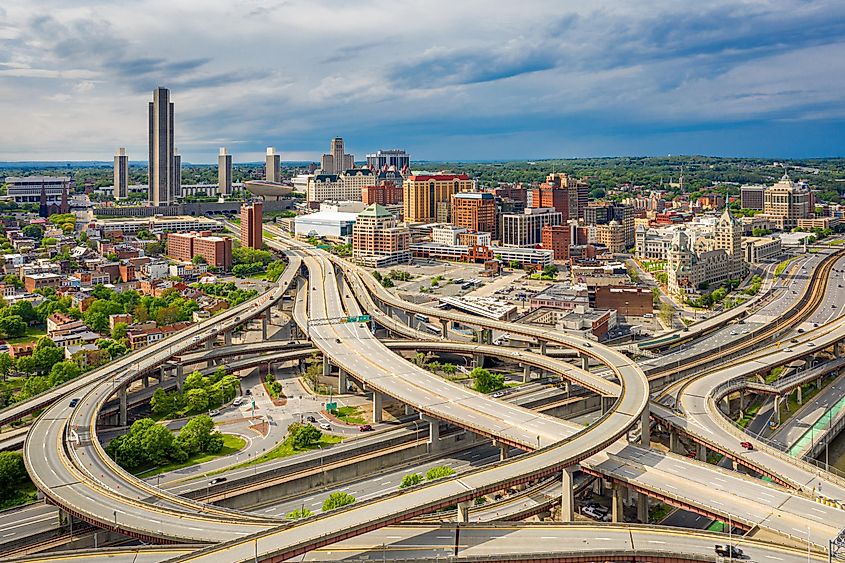
With over 400 years of history in its pocket, the capital of New York and the state's eighth-largest city seeps dominance from every pore. Home to government companies and notable buildings, Albany sits prime to reach the rest of the state, with NYC, Jersey City, and Boston in Massachusetts within 3 hours. This principality makes it a popular city for start-ups and business-minded individuals with connections around New York, while Montreal is 4 hours away for a cultural day trip. Albany's beautiful parks, like Washington, Ridgefield, and Buckingham Park, are a great discovery for tourists, and help residents blow off steam in nature. Albany was first claimed by Henry Hudson for the Dutch in 1609, chartered as the second-oldest city in the US in 1686, and designated as the State Capital in 1797.
The bountiful historical sites offer a leisurely hunt around the city to discover its rich heritage through parks and neighborhoods, like the desirable Helderberg, Pine Hills, New Scotland, and Park South. Among architecture and venerable institutions, one of the oldest museums in the country, the Albany Institute of History and Art, was founded in 1791. Replete with job opportunities, the top-performing industries include healthcare, education, and technology, while the College of Nanoscale Science and Engineering makes the city a premier business destination on a global scale. Home to State University at Albany, the College of Saint Rose, as well as major medical, pharmacy, and law schools, you can buy for a median value of $252,899 or rent for a doable $1,392 per month to study in the capital city.
9. Cheektowaga: 88,866
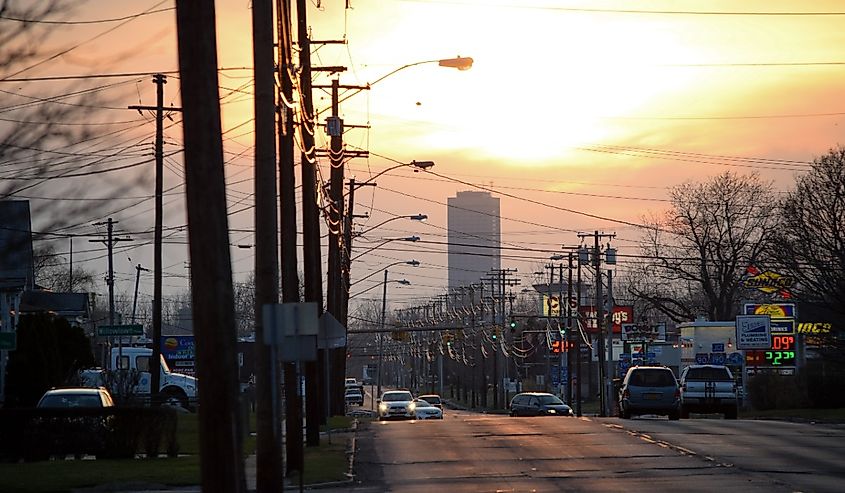
Cheektowaga, a thriving small city, is home to the popular Buffalo Niagara International Airport, with nearby hotels and restaurants hosting many tourists headed to the infamous falls, just 30 minutes away. One of the nation's largest, Walden Galleria Mall, is a destination in itself at I-90 exit 52W and Walden Avenue for entertainment and a shopper's paradise, including Dick's Sporting Goods, JCPenney, and Macy's. The town, incorporated in 1839, has aboriginal roots, named after the Iroquoian word for "place of the crab apple tree," or ji-ik-do-wah-gah.
Dr. Victor Reinstein Woods Nature Preserve, just south of the airport and east of downtown, is equipped with boardwalks and recreational trails over 290 acres of woods and wetlands. This natural habitat covers diverse flora and fauna like beavers, white-tailed deer, herons, and hawks, along with an environmental education center to explore year-round, including snowshoeing, skiing, and a fall nature festival! Local dining hotspots are Teton Kitchen for Japanese fusion, while Duff's Famous Wings and Mike's Homemade Candies are must-visit stops.
10. New Rochelle: 82,288
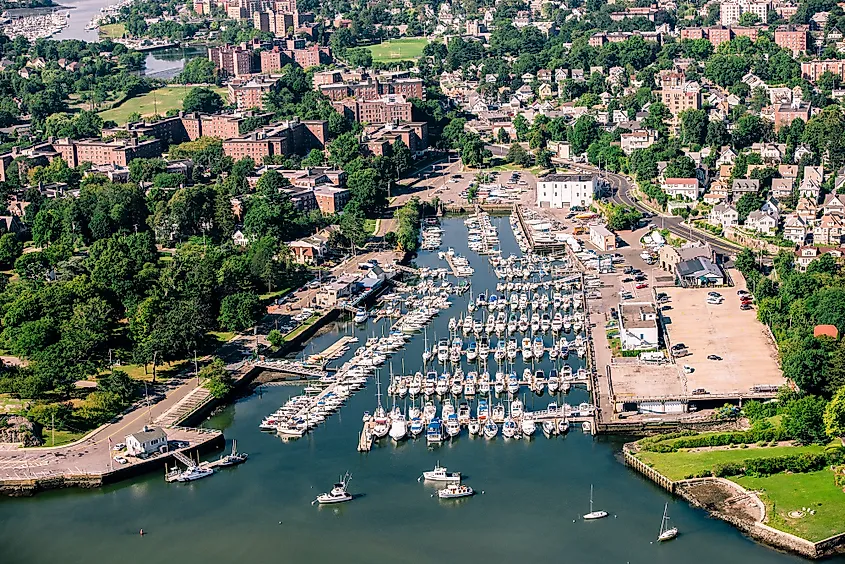
New Rochelle feels synonymous with ease, comfort, and convenience, just 40 minutes away from NYC on the southwestern side of New York State. With walkable streets impeccably laid out and lined by amenities and attractions, you can easily find restaurants, libraries, and markets. This leaves more time to discover the charming city that doesn't feel rushed already over leisure and fun in lieu of navigating around. Extremely bike-friendly, you can take a two-wheeler to work, run chores, get together with friends, or seek nature at your fingertips.
Studded with unique recreational parks, like the impressive Davenport and Five Islands Parks within city limits, an uncrowded atmosphere appeals to families. From open green spaces to less congestion along the streets, the vibe akin to a small town extends to the quaint New Rochelle Downtown with a homegrown feel. Although real estate is expensive, where a median house is worth $784,588 and monthly rent is $2,351, the tranquil city is enigmatic in its diversity through ethnic communities and desirable neighborhoods like Beechmont, Paine Heights, Wykagyl Park, and Forest Heights.
Spacious and lively, these ten largest cities in New York, where nature abounds, are exciting to discover. With history unraveling along the streets, you can dive into modern attractions and culture in NYC or escape to a beach in Islip.
Whether you enjoy living in a fast lane or a quiet suburban feel with all the amenities, the ten largest cities in the Empire State welcome visitors and newcomers to discover on a memorable trip for every group.
30 Largest Cities in New York
| Rank | City | Population (2022*) |
|---|---|---|
| 1 | New York city | 8,335,897 |
| 2 | Brookhaven | 488,497 |
| 3 | Islip | 337,922 |
| 4 | Buffalo city | 276,486 |
| 5 | Rochester city | 209,352 |
| 6 | Yonkers city | 208,121 |
| 7 | Syracuse city | 144,451 |
| 8 | Albany city | 100,826 |
| 9 | Cheektowaga | 88,866 |
| 10 | New Rochelle city | 82,288 |
| 11 | Mount Vernon city | 71,714 |
| 12 | Schenectady city | 68,809 |
| 13 | Utica city | 64,081 |
| 14 | White Plains city | 59,316 |
| 15 | Hempstead village | 58,331 |
| 16 | Troy city | 50,895 |
| 17 | Niagara Falls city | 47,993 |
| 18 | Binghamton city | 47,115 |
| 19 | Freeport village | 43,886 |
| 20 | Valley Stream village | 40,115 |
| 21 | Kiryas Joel village | 38,998 |
| 22 | Long Beach city | 34,604 |
| 23 | Spring Valley village | 32,884 |
| 24 | Ithaca city | 32,870 |
| 25 | Poughkeepsie city | 32,010 |
| 26 | Rome city | 31,735 |
| 27 | Port Chester village | 30,823 |
| 28 | North Tonawanda city | 30,235 |
| 29 | Middletown city | 30,207 |
| 30 | Harrison village | 29,369 |
*Source: United States Census Bureau, 2022.
